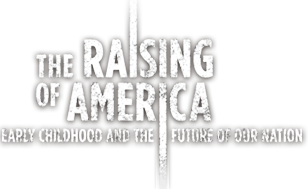DISCOVER
The New Achievement Gap
What does this growing inequality mean for school achievement? Stanford professor Sean Reardon took on this question by studying reading test scores during the past 50 years. What he found was revealing.
The gaps in test scores between rich, middle income and low income children remained about the same from the mid-1940s to the mid-70s. That was the period when economic inequality in the U.S. fell and the U.S invested huge sums in public education, including community colleges and universities.
Then the gaps started widening. By 2010, the rich-poor test score gap had grown 40% larger than it was in 1970, mirroring the growth in economic inequality. No surprise.
But Reardon noticed something else. By 2010, the test score gap between children of the rich and the children of the middle class was even wider than the gap between the middle class and the poor.
Just as most of the nation’s wealth growth was captured by the elite and not the middle class during the past four decades or so, so too did their children capture most of the gains in test scores.
It starts in infancy. As The Raising of America indicates, growing stressors on middle and low income families means that the affluent, on average, can more readily provide their babies and toddlers the safe, secure and responsive experiences and environments life which provide the foundation for later classroom success.
But Reardon, along with economists Greg Duncan and Richard Murnane, also noticed patterns later in childhood which influenced educational outcomes. Not only do the affluent send their children to better-resourced schools (private and public, beginning with early care and pre-school), they are able to invest more money in their children’s “non-formal” education as well: travel, music lessons, after-school programs, summer and science camps, books, soccer leagues, private tutors. As social investments in education and enrichment programs are cut, these private investments give wealthy children an even greater edge.
There are other reasons for the educational success of the affluent, of course. But few have argued against Reardon’s data on the importance of investing in education. Well-paid jobs are increasingly tied to education and social connections. Without social change, the higher-achieving children of the affluent will land the higher-paying jobs of tomorrow. In other words, the achievement gap will expand the income gap which will further drive the achievement gap which will expand the income gap...and so on in a self-perpetuating cycle.
Is this the America we want? Educational inequality both reflects and drives growing wealth inequality. To make a difference, interventions will have to be made in both arenas.
TAKE-AWAY
Income inequality is not the only gap that has been growing dramatically in the United States over the past forty years. The gap in educational achievement between the rich and everybody else has widened greatly as well.


















